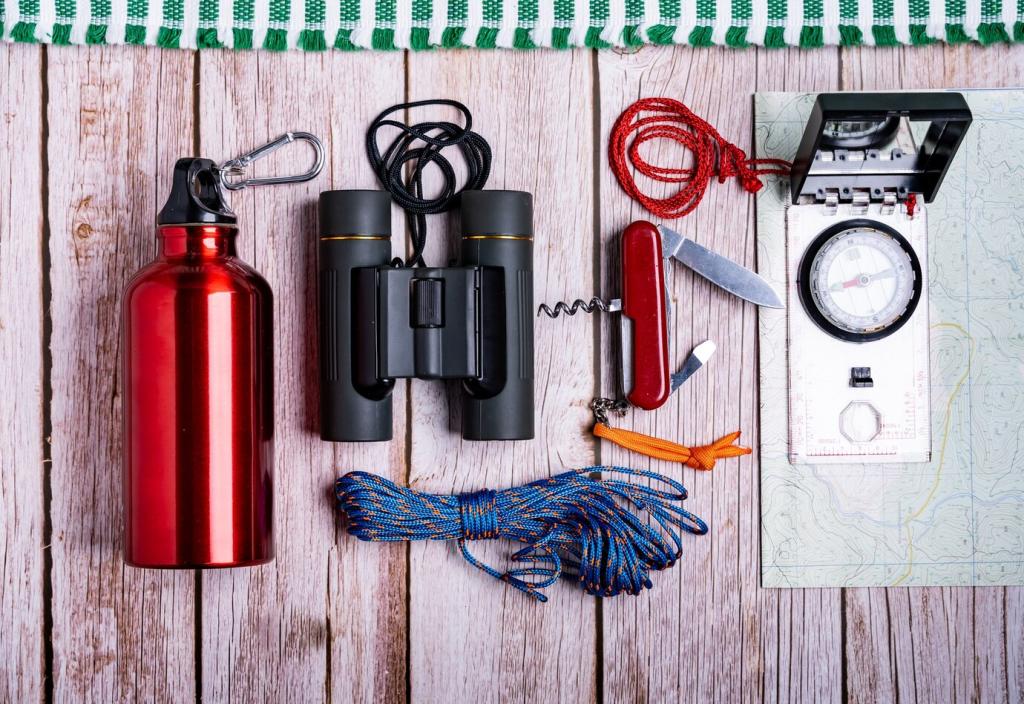Navigation, Light, and Communication in the Cold
Choose a headlamp with 300+ lumens, a winter-friendly switch you can operate with gloves, and a lockout mode. Carry spare lithium batteries in inner pockets to preserve power. Red light mode preserves night vision while you check maps without blinding partners.
Navigation, Light, and Communication in the Cold
Carry a paper map and compass, plus an offline GPS app for redundancy. Phones lose power quickly in cold; store them near body heat. Bring a lightweight power bank, short cables, and airplane mode to stretch charge across a long, frigid day.





